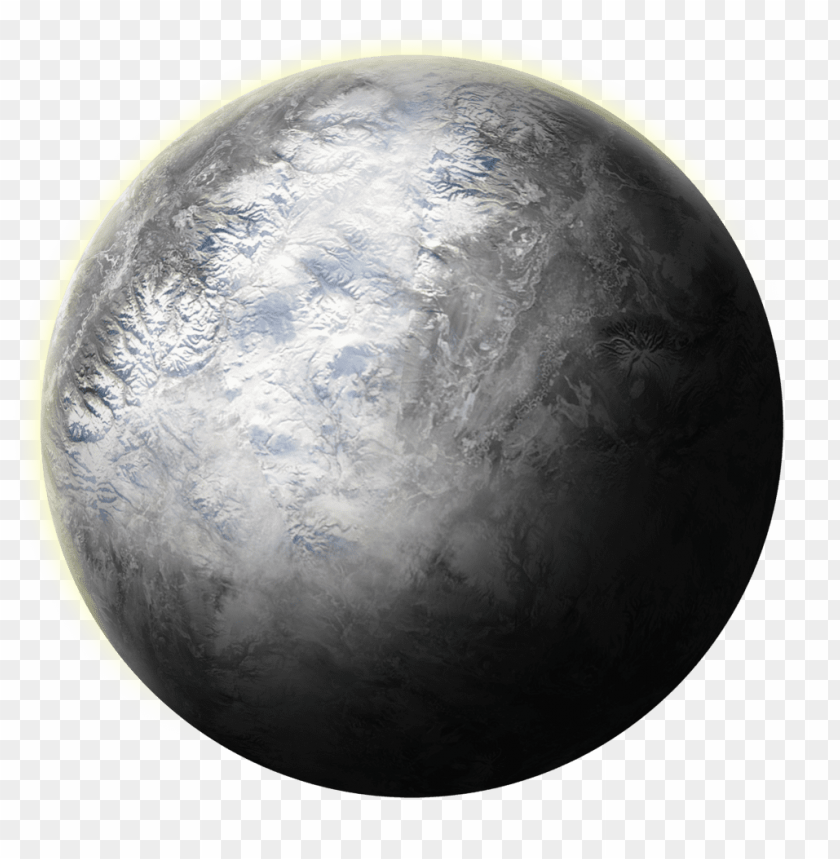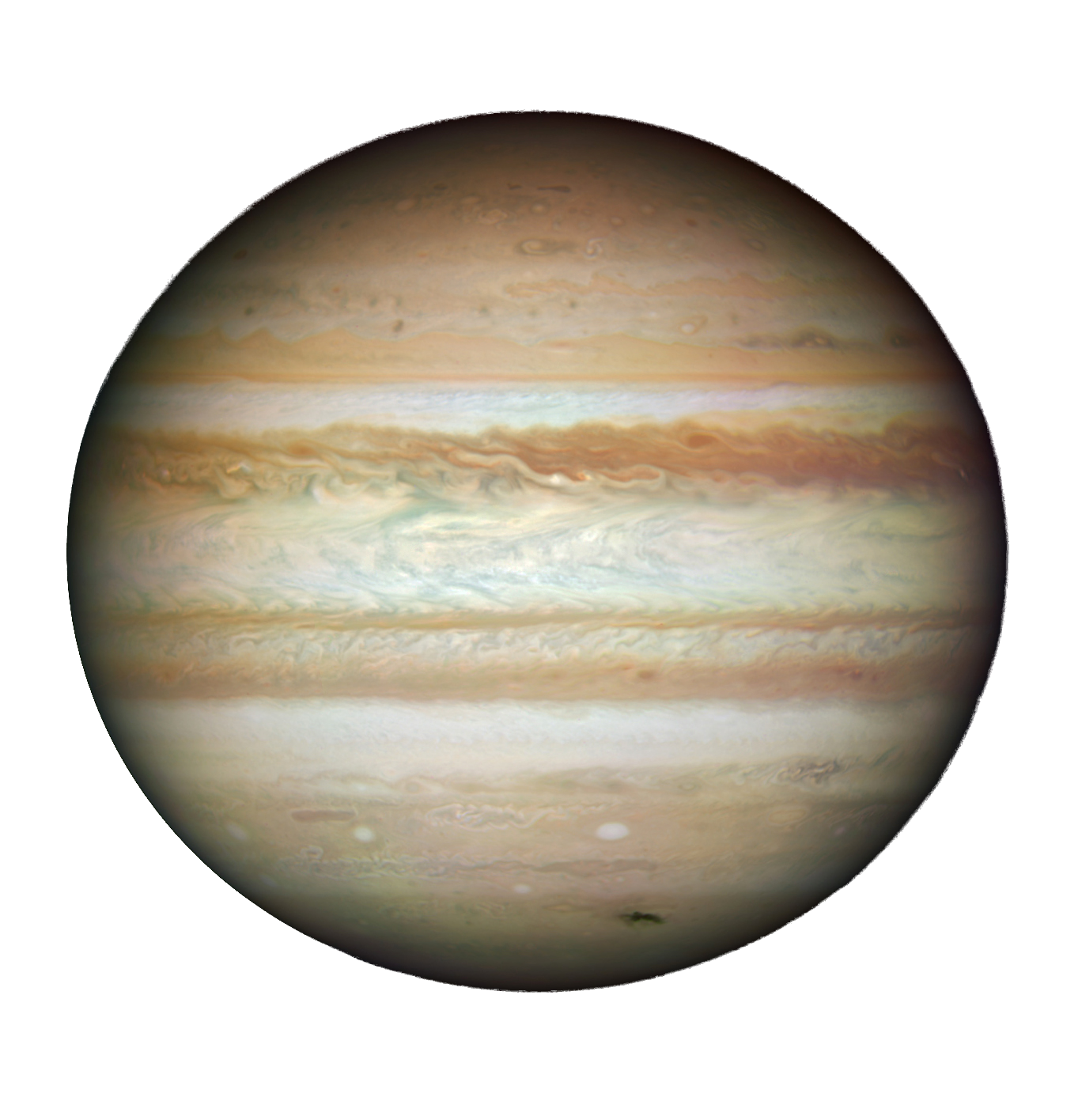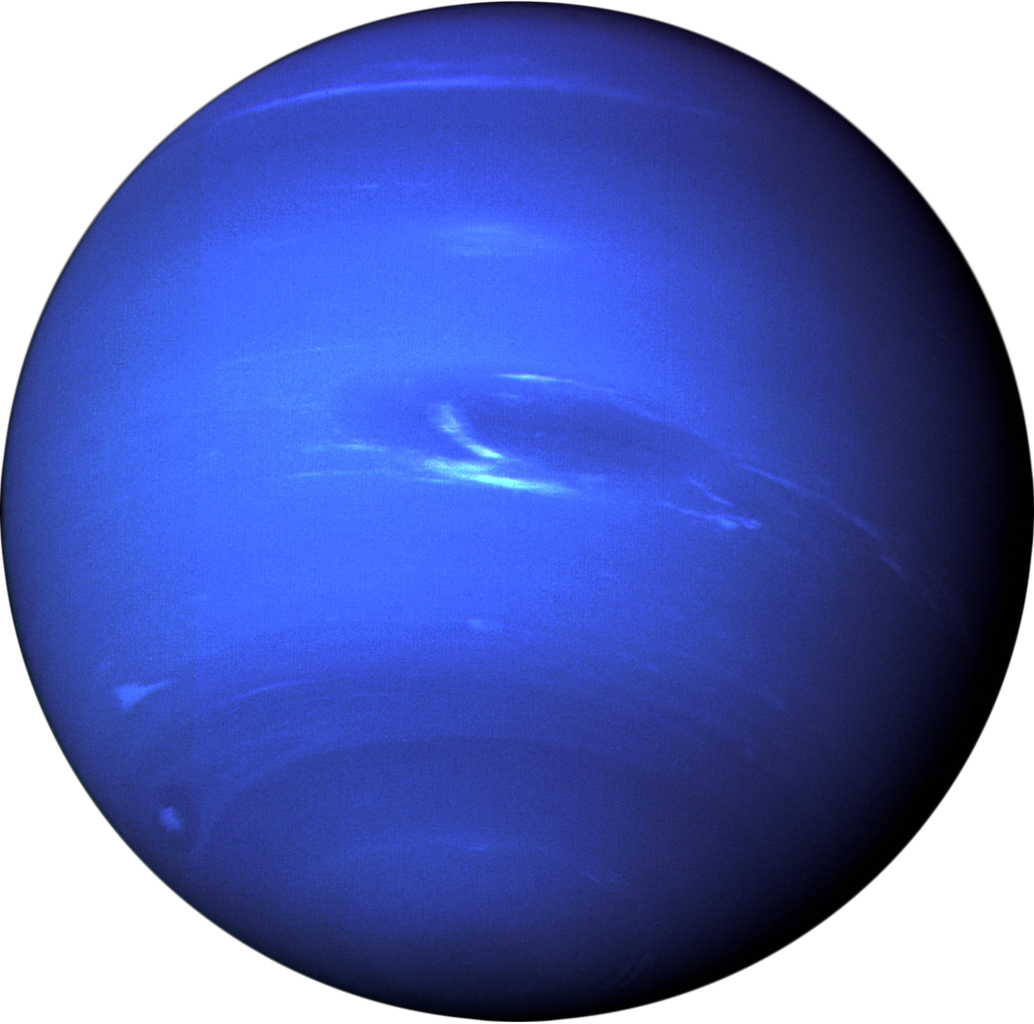Mercury
The battered surface of Mercury. Image Credit: NASA/USGS/JHUAPL The smallest planet in our solar system and nearest to the Sun, Mercury is only slightly larger than Earth's Moon. From the surface of Mercury, the Sun would appear more than three times as large as it does when viewed from Earth, and the sunlight would be as much as seven times brighter. Despite its proximity to the Sun, Mercury is not the hottest planet in our solar system – that title belongs to nearby Venus, thanks to its dense atmosphere. But Mercury is the fastest planet, zipping around the Sun every 88 Earth days. Mercury is appropriately named for the swiftest of the ancient Roman gods. Size and Distance With a radius of 1,516 miles (2,440 kilometers), Mercury is a little more than 1/3 the width of Earth. If Earth were the size of a nickel, Mercury would be about as big as a blueberry. From an average distance of 36 million miles (58 million kilometers), Mercury is 0.4 astronomical units away from the Sun. One astronomical unit (abbreviated as AU), is the distance from the Sun to Earth. From this distance, it takes sunlight 3.2 minutes to travel from the Sun to Mercury.Orbit and Rotation Mercury's highly eccentric, egg-shaped orbit takes the planet as close as 29 million miles (47 million kilometers) and as far as 43 million miles (70 million kilometers) from the Sun. It speeds around the Sun every 88 days, traveling through space at nearly 29 miles (47 kilometers) per second, faster than any other planet. Mercury spins slowly on its axis and completes one rotation every 59 Earth days. But when Mercury is moving fastest in its elliptical orbit around the Sun (and it is closest to the Sun), each rotation is not accompanied by a sunrise and sunset like it is on most other planets. The morning Sun appears to rise briefly, set and rise again from some parts of the planet's surface. The same thing happens in reverse at sunset for other parts of the surface. One Mercury solar day (one full day-night cycle) equals 176 Earth days—just over two years on Mercury. Mercury's axis of rotation is tilted just 2 degrees with respect to the plane of its orbit around the Sun. That means it spins nearly perfectly upright and so does not experience seasons like many other planets do. Formation Mercury formed about 4.5 billion years ago when gravity pulled swirling gas and dust together to form this small planet nearest the Sun. Like its fellow terrestrial planets, Mercury has a central core, a rocky mantle and a solid crust.








